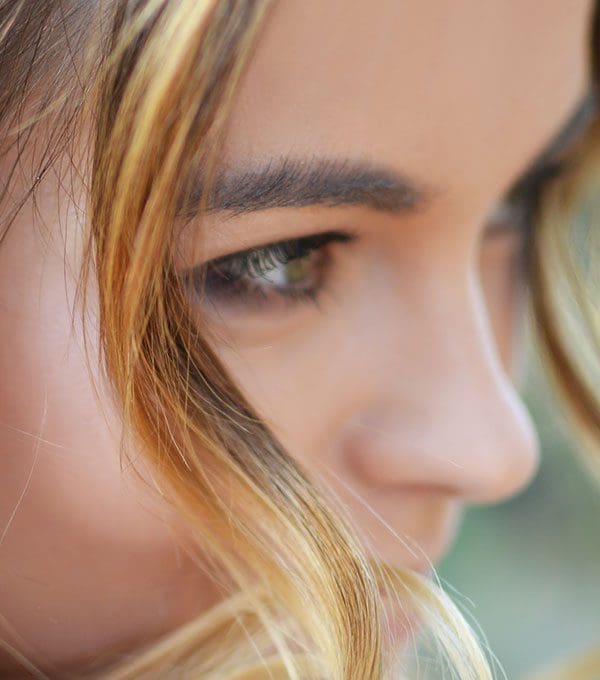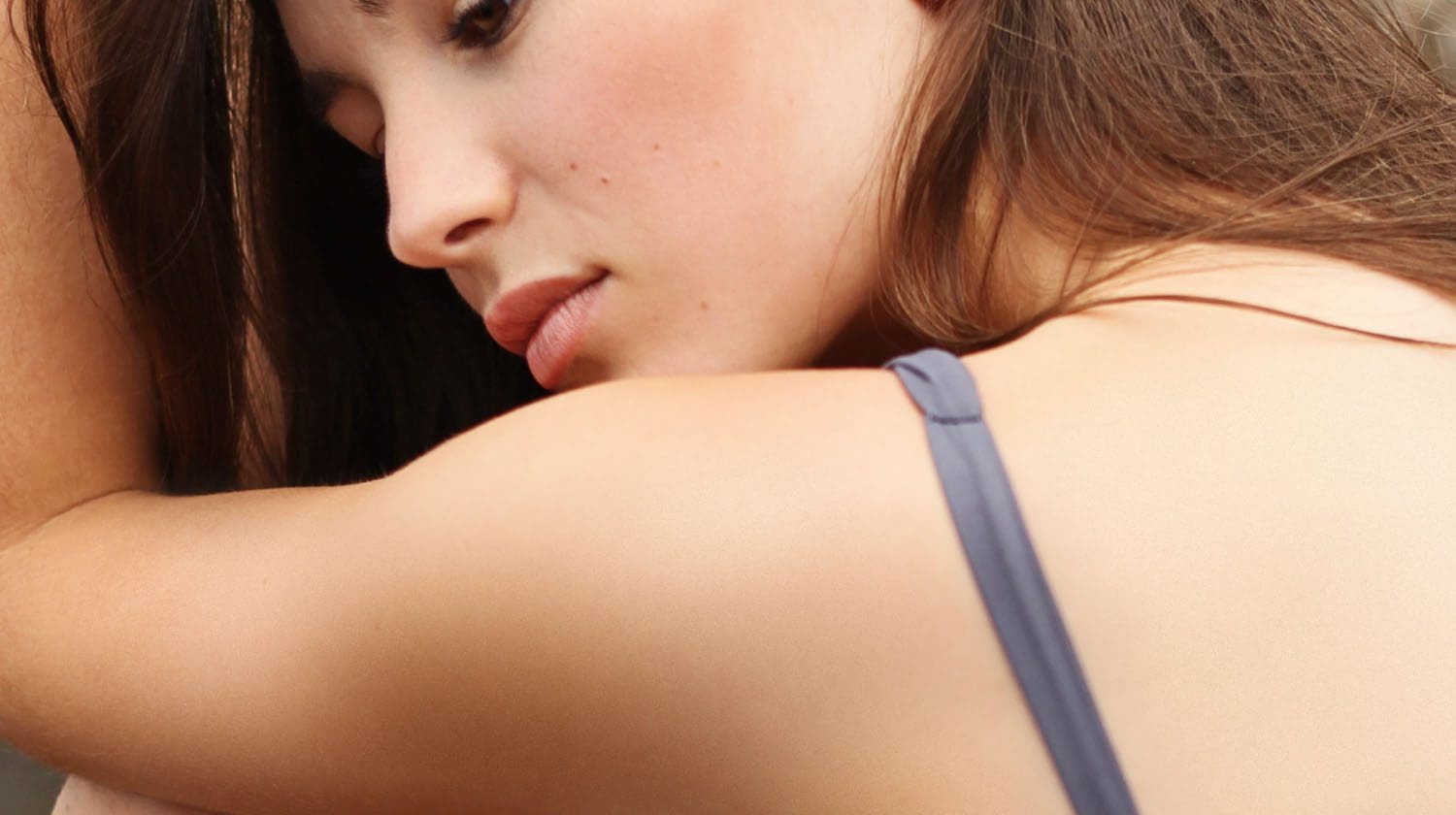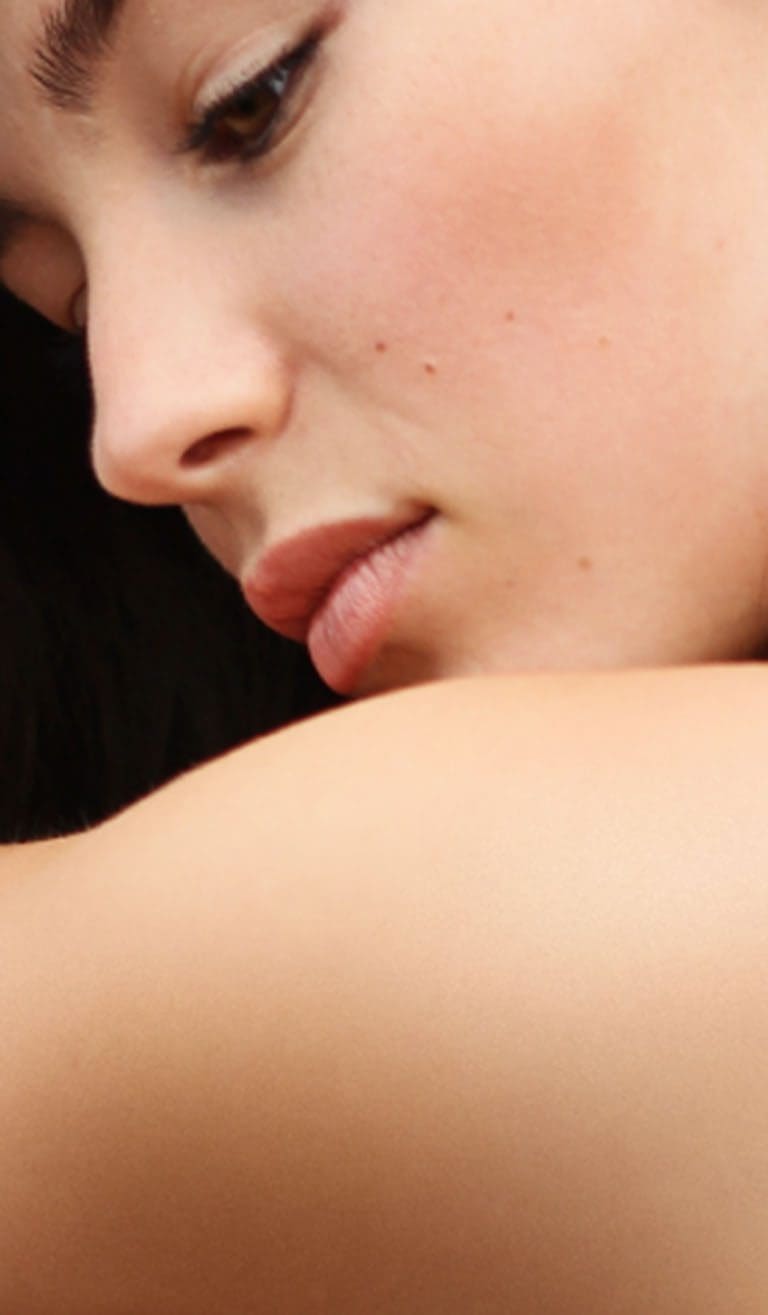



What do our clients think? Average 5 out of 5 based on 109 reviewsRead all reviews
Many clients are concerned with having visible signs following dermal filler treatment. There are a few key steps you can take to help you both minimise visible bruising and swelling and recover as quickly as possible. The more closely you follow these steps, the faster you will recover and the fewer signs will be visible:
Immediately after treatment, there may be slight redness, swelling, tenderness and an itching sensation in the treated area. This is a normal result of the injection. The inconvenience is temporary and generally disappears in a few days. If it continues or if other reactions occur, please call us.
The results directly after the treatment should not be seen as the final result as you will be swollen at this time.
Avoid touching the treatment area 6 hours after the treatment. After that the area can be gently washed with soap and water and light make-up can be applied.
Until the initial swelling and redness have resolved, do not expose the treated area to intense heat (e.g. solarium and sunbathing) or extreme cold.
Do not wear eye glasses for 4 weeks following your nose enhancement. During this time, the dermal filler is still malleable and the pressure from spectacles could leave indentations at the contact point with your nose. After 4 weeks, the dermal filler is then fully integrated and it is fine to wear glasses.
If you have previously suffered from facial cold sores, there is a risk that the needle punctures could contribute to another eruption of cold sores.
If you are using aspirin or any similar medication, be aware that these may increase the bruising and bleeding at the injection site.
Dermal fillers are long lasting but not permanent. You always have a choice to continue or change the combination of treatments – and the procedure can be repeated as often as you like.
Most patients choose to have a follow-up treatment 6 – 12 months after an initial treatment of wrinkles. When the lips have been treated a follow-up is normally needed after about 6 months.
A touch-up treatment within 2 – 4 weeks after the initial treatment may be necessary to achieve an optimal correction.
Treatment Summary
Procedure time
1 hour
Anaesthetic
Topical
Hospital stay
Not required
Sensitivity period
24 hours
Back to work
24 hours
Duration of results
4 - 12 months
Risks & complications
Infection, bruising, swelling, asymmetry, necrosis, blindness.
Location
Your Specialist(s)

